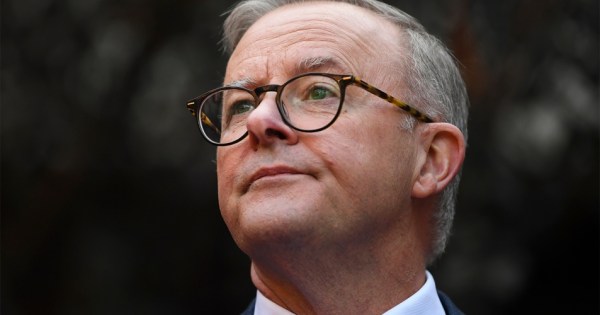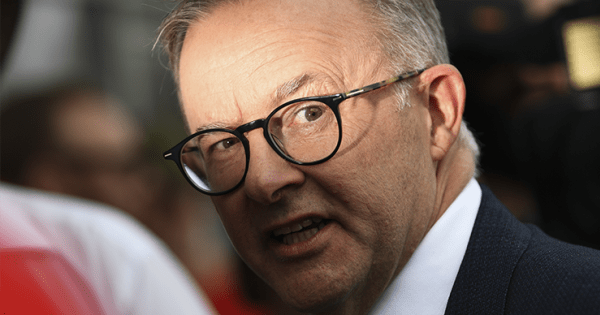The Sydney Morning Herald‘s ‘”world coverage” by its own reporters continues to shrink.
Monday May 25: of two pages of international coverage, there are two pieces from Fairfax staffers — Matt Wade in Kandy, and Jason Koutsoukis in Jerusalem. The rest is from the usual sources: LA Times, AFP, Guardian, NY Times (plus a World Focus half column of pars all from syndication and agencies).
Tuesday May 26: two pages but only one Fairfax piece, from Choe Sang-hun in Seoul, the rest is from the London Telegraph (2), AAP, AFP, LA Times (plus World Focus).
Wednesday May 27: two pages, with one long article from Anne Davies in Washington (about North Korea) and a shorter piece by Richard Macey (“with wires”) and Jason Koutsoukis. The rest is from the Telegraph (2), AFP, Washington Post, Guardian (3), New York Times plus the half column of agency snippets. (The paper also pads its Arts & Entertainment and Timelines pages with two pieces from the Guardian and one from the Telegraph).
Thursday May 28: John Garnaut in Beijing (twice), Matt Wade in Delhi, Anne Davies in Washington and a joint piece by Davies and Jason Koutsoukis in Jerusalem, the rest is AAP, Guardian (2), New York Times (2) and the World Focus column has only three wire service pars.
Friday May 29: A better day from Fairfax staff: Matt Wade files from New Delhi, Anne Davies (two pieces) from Washington (one “with agencies”), Tom Allard in Jakarta and (“with AFP”) Jason Koutsoukis in Jerusalem; from elsewhere it’s the Telegraph, AFP, Guardian and New York Times. World Focus down to three pars again.
Saturday May 30: of four “World” pages: one page of Fairfax material Matt Wade in New Delhi, Anne Davies (a joint piece) & Jason Kotsoukis, Malcolm Moore in Shanghai in Washington and Jerusalem plus a piece from the Telegraph. One page with Anne Davies, the Guardian, AFP and World Focus; two other pages all from syndicated sources: The Washington Post, LA Times and AFP, Guardian (4), Telegraph, AP, NY Times. Again World Focus is three agency pars.
The paper’s leader writers are obviously nervous about the long term implications (should any of those sources dry up), but prefer to attack the messenger. Saturday’s Opinion page in the News Review section carries a short editorial fuming about the “taxpayer funded” ABC airing too many stories questioning the “future of newspapers”, while at the same time using newspapers like the Herald as the source for stories on its Sydney local radio station 702 — “rip and read” radio sneers the leader who goes on to remind us that “without the harvest of newspaper content” the 702 audience would have nothing but the “sounds of silence.” Whoever wrote that gem must live in a different reality from what goes on in the rest of the paper.







It’s not just “world coverage” that our local dailies outsource. In my job each day I put up around half a dozen links to business stories on our organisation’s web site. The vast majority – all sourced from the News Limited and Fairfax websites – originate from external news providers – AAP, Reuters, AFP, Bloomberg, The Wall Street Journal, the Guardian, even Times Online. There are some days I cannot attribute a single story to journalists employed directly by The Age/SMH or Australian.
So who gets sued when they get it wrong?
There is an axiom in politics that when you start attacking the big media then you are already on the skids because it just draws attention to your defensiveness about their message, possibly a weak grasp of content to meet the case/message in that media coverage, and possibly an implication you are sitting on more adverse dirt and trying to build a flimsy barrier to more probing.
But what to say about this situation where one big media attacks another big media. Regretable and probably misconceived given, in the example at least of abc 702’s Deborah Cameron, we have a loyal product of Fairfax. Last week Cameron was explaining how she was told to straighten up her act when she started at the Herald and not sign as “Debbie” anymore.
It’s good sport on one level for micro indy bloggers here, but I know we need a functioning public square. In this transition phase it may well be a patchwork of cobble stones from crikey to the Swinburne Initiative to Radio National, and a few others. What Fairfax senior executives fail to grasp perhaps is that good journalism is a vocation not a profit centre and that they are all woefully overpaid.